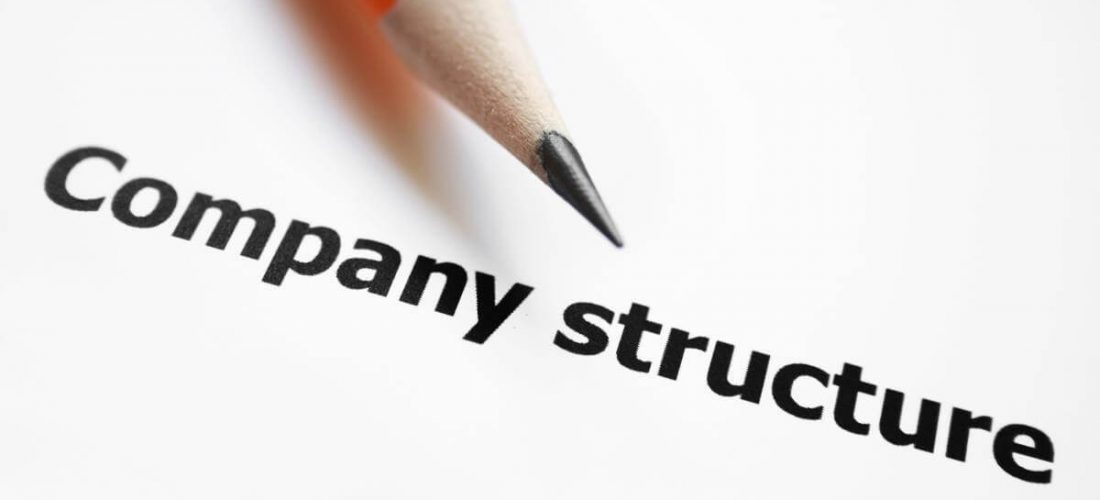Checking Out the Operational Characteristics of Business Redundancy and Its Long-Term Sustainability

Redundancy Strategies for Company Continuity
In order to make certain continuous procedures, companies have to execute efficient redundancy strategies for service connection. Redundancy in this context refers to the replication of essential components or features within a system to mitigate the impact of prospective failings. By integrating redundancy methods, companies can boost their resilience versus disruptions caused by various aspects such as all-natural catastrophes, devices failings, or cyber-attacks.
One usual redundancy strategy is the implementation of backup systems and data storage options. This includes developing matches of important data and systems that can be triggered in case of a main system failure. Furthermore, organizations can establish repetitive communication channels and power sources to keep connectivity and procedures throughout unforeseen occasions.
In addition, cross-training workers to execute numerous duties within the firm can act as a beneficial redundancy strategy. If crucial workers are not available due to ailment or various other factors, this guarantees that important tasks can still be lugged out also. In general, effective redundancy approaches are vital for services to support operational connection and reduce the influence of potential disruptions.
Influence of Redundancy on Business Resilience
Given the important role redundancy techniques play in making certain business continuity, discovering the effect of redundancy on business strength becomes crucial for recognizing the holistic operational dynamics of a business. Redundancy, when purposefully implemented, can substantially add to boosting a company's resilience in the face of unexpected difficulties.
Additionally, redundancy can strengthen worker spirits and confidence, understanding that there are backup strategies in place to deal with unanticipated scenarios. This complacency can result in raised efficiency and a more favorable workplace. Additionally, redundancy can foster development and imagination within a company as staff members really feel equipped to take calculated risks, understanding that there is a security internet to support them in instance of failing. On the whole, the influence of redundancy on business durability is profound, forming the lasting sustainability and success of a firm.
Balancing Performance and Adaptability in Redundancy
Attaining a harmonious stability between functional effectiveness and flexible versatility is a critical obstacle in the strategic deployment of redundancy within companies. Efficient procedures are vital for preserving productivity and cost-effectiveness, making certain that resources are made use of optimally. Nonetheless, too much emphasis on effectiveness alone can bring about rigidness, making it hard for companies to adapt to unanticipated changes or difficulties. On the various other click here for more hand, versatility permits organizations to react nimbly to evolving circumstances, cultivating advancement and resilience. Yet, as well much flexibility without a solid operational structure can result in inadequacies and disparity.
To balance performance and versatility in redundancy planning, organizations need to carefully assess their functional needs, market characteristics, and calculated objectives. Ultimately, locating the best equilibrium between efficiency and adaptability is critical for developing a sustainable and resistant company in the face of uncertainty.
Long-Term Sustainability With Redundancy Planning
To guarantee long-lasting practicality and security, organizations need to strategically straighten their redundancy planning with long-lasting sustainability objectives, thereby integrating operational effectiveness with flexible versatility. Long-lasting sustainability through redundancy planning entails more than simply temporary cost-cutting steps. It calls for an extensive critical method that expects future challenges and chances. Firms ought to check out redundancy not as a responsive service to instant troubles but as a positive technique for long-lasting success. By integrating redundancy preparation with sustainability purposes, companies can create a resistant structure that can endure different market changes and interior changes.

Aggressive Procedures for Lasting Firm Workflow
How can companies proactively enhance their operational sustainability for lasting success? Executing positive measures is important for business aiming to make sure lasting operations. One key technique is to spend in modern technology and innovation to streamline procedures, minimize waste, and stay affordable in the marketplace. Taking on sustainable techniques such as minimizing energy consumption, decreasing carbon footprint, and maximizing resource use can not just profit the atmosphere however also bring about set you back savings in the future.
Moreover, promoting a culture of continual renovation and understanding within the organization can enhance flexibility to altering market problems and customer needs. Motivating employee participation in decision-making procedures and providing possibilities for expert advancement can boost spirits, efficiency, and overall performance. Developing clear goals, monitoring key efficiency indicators, and consistently assessing progression are vital components of aggressive sustainability monitoring.
Teaming up with vendors, clients, and other stakeholders to promote lasting techniques throughout the supply chain can develop a ripple result of positive influence - redundancy pay if company goes bust. By taking positive actions in the direction of operational sustainability, firms can develop resilience, drive technology, and protect their long-term success in an ever-evolving organization landscape
Final Thought

In the realm of organizational management, the critical implementation of business redundancy stands as an essential yet intricate technique that demands a fragile balance in between operational performance and long-term feasibility. By dissecting the functional dynamics that underpin firm redundancy and assessing its more comprehensive effects for business strength and versatility, a nuanced understanding of just how redundancy techniques can form the future trajectory of a business begins to unravel.Offered the important role redundancy methods play in making sure company connection, exploring the effect of redundancy on business resilience becomes essential for comprehending the all natural operational dynamics of a business. Generally, the impact of redundancy on organizational durability is extensive, forming the long-term sustainability and success of a firm.
In conclusion, comprehending the functional characteristics of company redundancy is vital for guaranteeing lasting sustainability.
Comments on “What Happens to Redundancy If Company Goes Bust? A Guide to Your Rights”